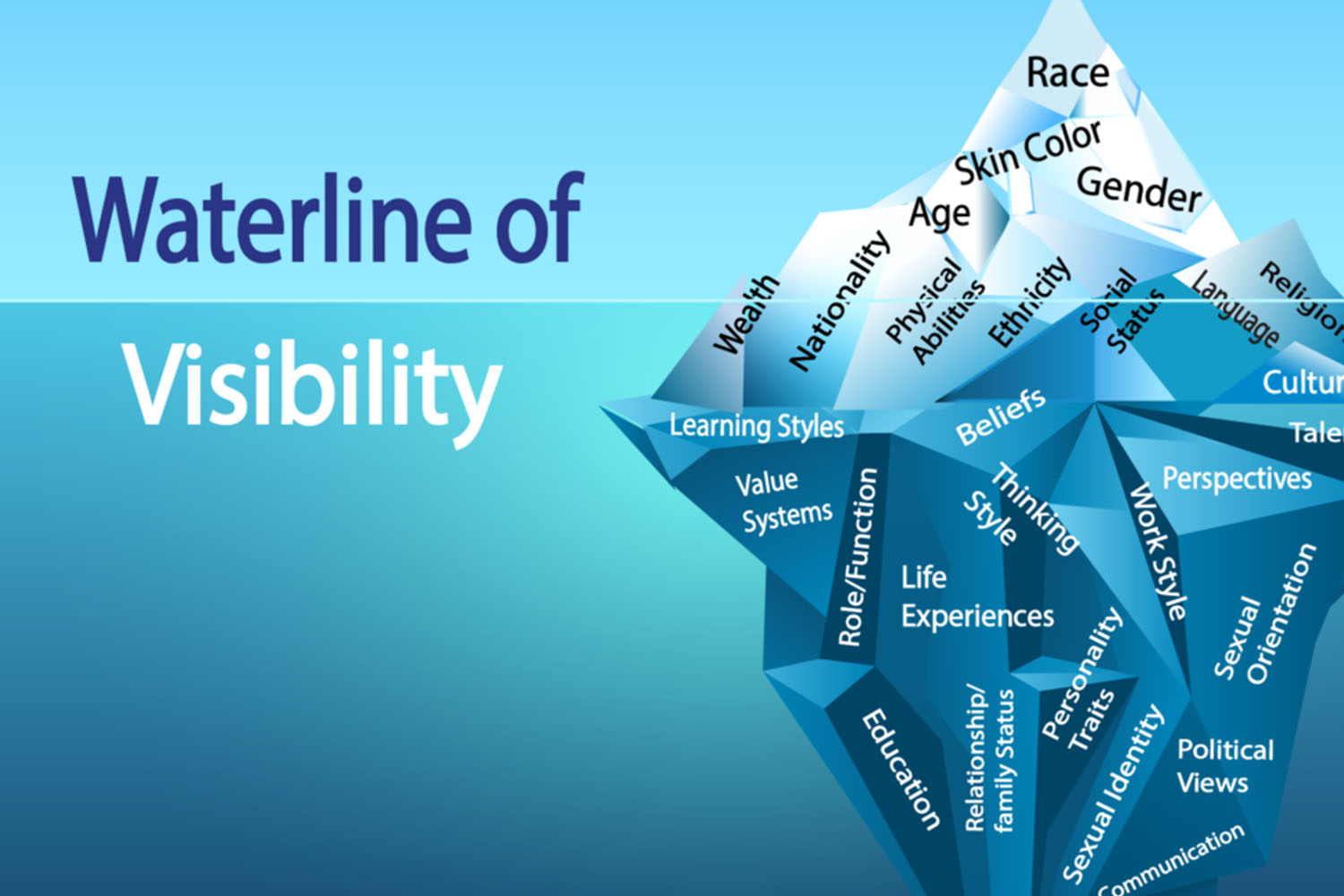Creating Sustainable Diversity, Inclusion, and Belonging in Organizations

Over the last few months, many leaders and organizations have become increasingly aware that despite the best intentions, their efforts to address diversity, inclusion, and belonging (DI&B) have been insufficient. Recent events have awakened the urgency to do more, differently, and to challenge beliefs, assumptions, and behaviors rooted in layers on layers of systemic and structural racism. This is happening at a much broader level than ever before, and many organizations have been trying to understand how to address DI&B more deeply and more effectively.
As individuals, we have been considering the many things we can do to continue to change and build a more just and inclusive social fabric. As leaders, we are in a position where we have the ability to challenge and drive systemic changes within our organizations. Addressing DI&B at a deeper level in organizations is absolutely the right thing to do, and it also positions organizations more competitively. Today’s consumers have been paying closer attention to brands and organizations that support diversity and inclusion-related change. In addition, research points to diversity and inclusion as a key factor influencing innovation in organizations. Organizations must also be concerned about looking at DI&B more holistically—meaning not as a collection of isolated transactional events, but as a strategic direction that is embedded in its systems that can guide people, leaders, and teams on how to behave and operate.
How Can Organizations Begin or Shift The Way They Are Doing DI&B Work?
- At an individual level, organizations need to focus on building opportunities that enable people to look deeper into their rooted beliefs and to increase their awareness around how they may or may not be perpetuating DI&B challenges. They need to create a safe space for courageous self-discovery, empathy building, and dialogue around uncomfortable truths. They need to encourage a growth mindset around DI&B while also empowering individuals to take meaningful action. For example, by engaging in deeper facilitated experiences, a leader may come to understand their perspectives and accomplishments through a lens of relative privilege as well as begin to see through the lenses of others.
- However, this rich individual process can get lost or dispersed if organizations fail to create a common language and pathways for people to transition from “I” to “us,” as well if they fail to provide the tools to appropriately ensure accountability and continuity. At a group level, this shift from “I” to “us” starts at the top, with leaders reevaluating group values and modeling the behaviors the organization wants to see, as well as employing more inclusive practices into their team dynamics. For example, top leaders need to demonstrate how they enable all voices to be heard at team meetings and respectfully challenge when someone is excluded.
- At an organizational level, a much deeper systemic impact is made when organizations create structural changes to facilitate the shift between “us” to a much more strategic, company-wide “us.” Organizations can do this by assessing how their operating culture may or may not support the DI&B practices and behaviors they want to espouse. Then, organizations need to thoughtfully build their desired DI&B vision into the org strategy and scorecard, and consider which organizational levers and measures should be employed to drive consistent, sustainable progress toward their strategic DI&B goals. For example, “enabling all voices to be heard” would now come with built-in mechanisms that force behaviors to cascade across the organization and be elevated to performance expectations. The goal is that over time, DI&B-related expectations become part of the operating culture of organizations.
Sustainable DI&B is ultimately possible when it is incorporated more deeply and holistically into how we interact and lead and when it becomes part of the DNA of organizations.





